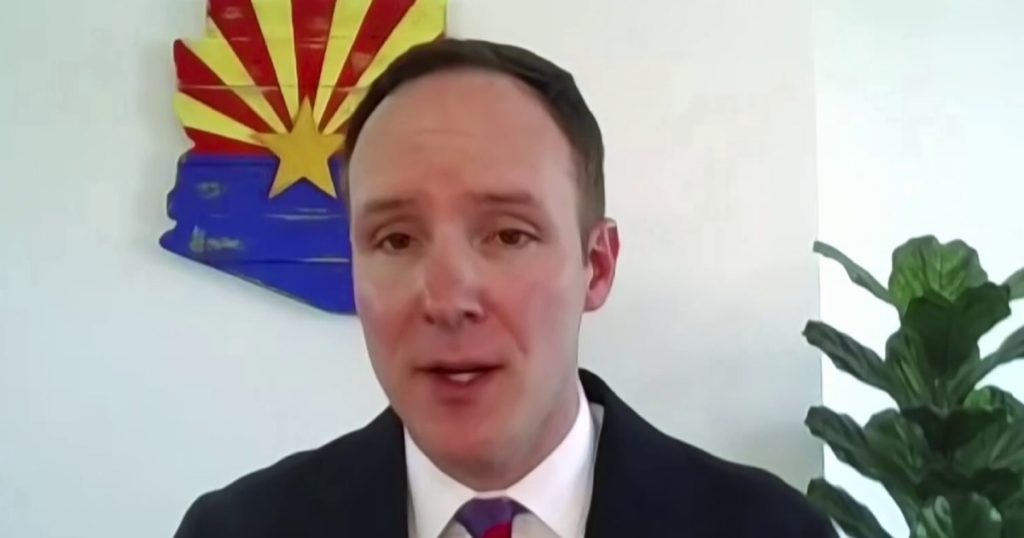The content outlines the origins and significance of the Renaissance period, which is often referred to as a time of rebirth and revival in European history. It began in Italy during the 14th century and quickly spread throughout the continent, marking a shift from the medieval period to the modern era. The Renaissance was characterized by a renewed interest in classical learning, humanism, and scientific discovery, as well as a flourishing of art, literature, and architecture. This cultural revival was fueled by the wealth and patronage of the Italian city-states, the influx of Greek scholars and texts following the fall of Constantinople in 1453, and the invention of the printing press by Johannes Gutenberg in the mid-15th century.
During the Renaissance, artists and thinkers sought to emulate the ideals of the ancient Greeks and Romans, embracing classical principles of balance, symmetry, and proportion in their work. This led to a revolution in art and architecture, with towering figures such as Leonardo da Vinci, Michelangelo, and Raphael producing some of the most iconic works of the period. Renaissance painters perfected techniques such as perspective, chiaroscuro, and sfumato, capturing the natural world in unprecedented detail and realism. Their creations, from Leonardo’s enigmatic Mona Lisa to Michelangelo’s monumental David, continue to inspire and captivate viewers to this day.
In addition to the visual arts, the Renaissance era saw a flourishing of literature, music, and theater. Humanist scholars such as Petrarch, Erasmus, and Thomas More championed the study of classical texts and languages, leading to a revival of interest in Greek and Latin literature. This led to the development of new literary forms such as the essay, the sonnet, and the novel, as well as the translation of ancient texts into vernacular languages. The era also saw the invention of the printing press, which revolutionized the dissemination of knowledge and helped fuel the spread of new ideas and cultural developments.
The Renaissance was not just a period of artistic and intellectual innovation, but also a time of profound social, political, and religious change. The rise of humanism and the rediscovery of classical learning sparked a questioning of traditional authority and beliefs, leading to challenges to the power of the church and the aristocracy. The period also witnessed the emergence of new political structures and ideologies, such as the city-state republics of Italy and the absolute monarchies of France and Spain, as well as the rise of mercantile capitalism and the beginnings of modern science. These developments laid the groundwork for the dramatic transformations of the early modern period, including the Reformation, the Scientific Revolution, and the Enlightenment.
Despite its many achievements, the Renaissance was not without its dark side. This was a time of intense political rivalries, social inequality, and religious strife, as well as outbreaks of war, plague, and economic turmoil. The era saw the rise of powerful dynastic states and the brutal suppression of dissent, as well as the exploitation and enslavement of indigenous peoples in the New World. At the same time, the newfound wealth and power of the merchant class and the nobility transformed the social landscape, leading to growing disparities in wealth and privilege. The Renaissance was also marked by a growing obsession with beauty, display, and luxury, as the elite sought to flaunt their wealth and status through lavish displays of art, fashion, and architecture.
In conclusion, the Renaissance was a period of profound transformation and creativity, marking the transition from the medieval to the modern world. It was a time of great innovation and achievement, as well as profound social, political, and cultural change. The era saw the flourishing of art, literature, and science, as well as the birth of new ideas and ways of thinking. While the Renaissance had its share of challenges and contradictions, it remains a pivotal moment in European history, shaping the course of Western civilization for centuries to come.















